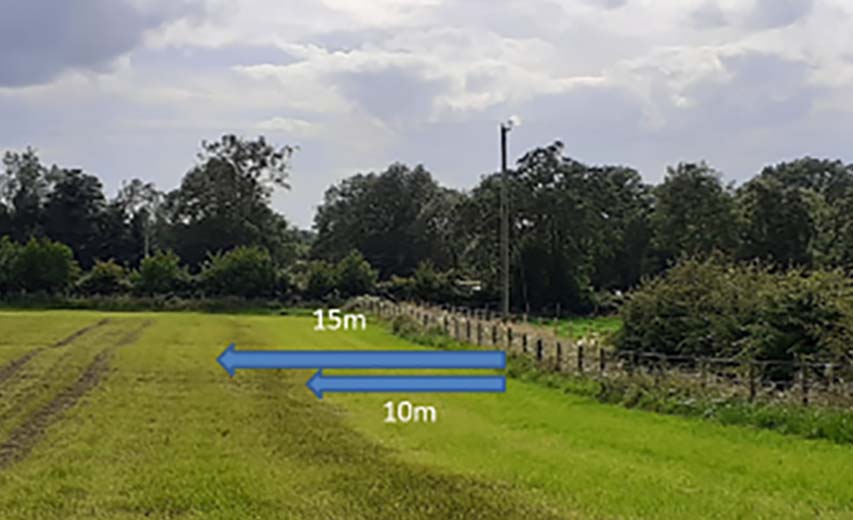If you are spreading slurry in spring, are you ready? Andrew Thompson, Sustainable Land Management Branch, CAFRE, discusses good practice in spreading slurry.
With the closed season for spreading organic manures coming to an end at midnight on 31 January 2021, it is important to be aware of the rules relating to slurry spreading.

Slurries and manures are a valuable source of nutrients for plant growth and if used efficiently can reduce the need for artificial fertilisers.
However, it is important that farmers remember they have a responsibility to protect water quality when spreading slurry or manure and should avoid spreading slurry in sub-optimal ground conditions.
From 1 February it will be possible to spread slurry and manure on land as long as ground conditions allow. Avoid spreading slurry if the ground is frozen, water-logged or heavy rain is forecast.
Farmers and contractors should also be aware of the rules for spreading slurry during February when there is an increase in the width of buffer zones required along waterways and a reduction in the maximum application rates allowed.
Leave a buffer zone:
- 15m from a waterway (increased from 10m) and
- 30m from a lake (increased from 20m).
- 5m from a waterway (increased from 3m) if Low emission slurry spreading equipment (LESSE) is used.
The maximum volume of slurry which can be spread per hectare in one application is reduced from 50m3 (4500 gallons) to 30m3 (2750gallons).
Buffer zone and maximum application rate requirements will revert back to the original distances and volumes from 1 March onwards until 1 October. The increased buffer zones will then apply again until the 15 October.
Take care when spreading on sloping ground.


























